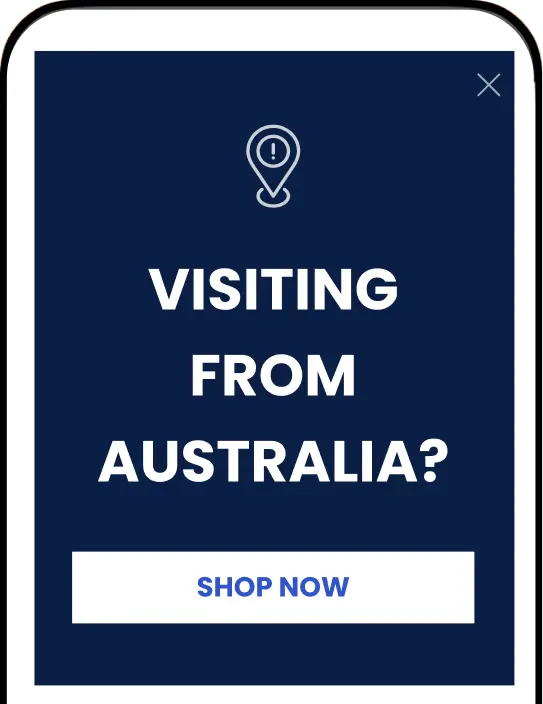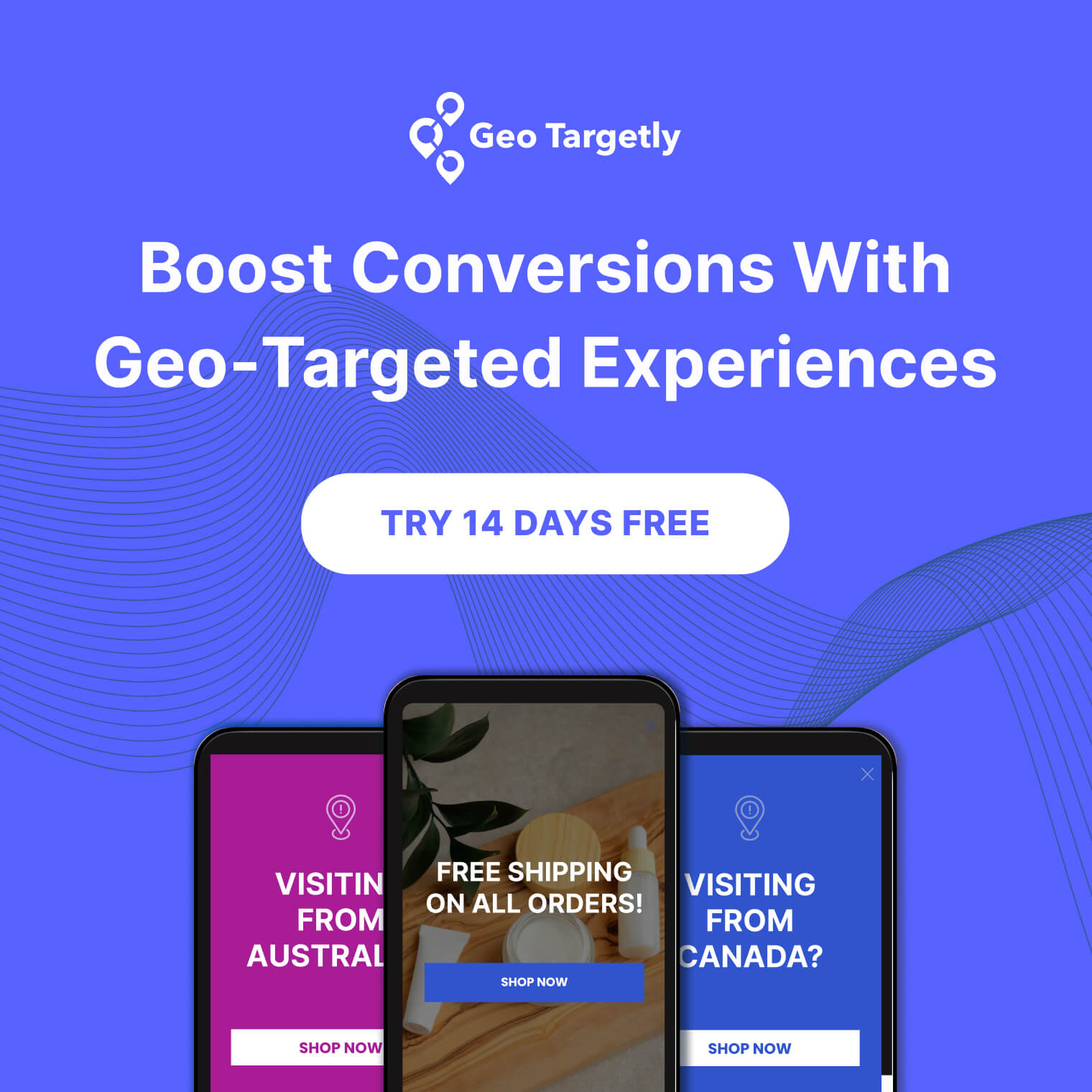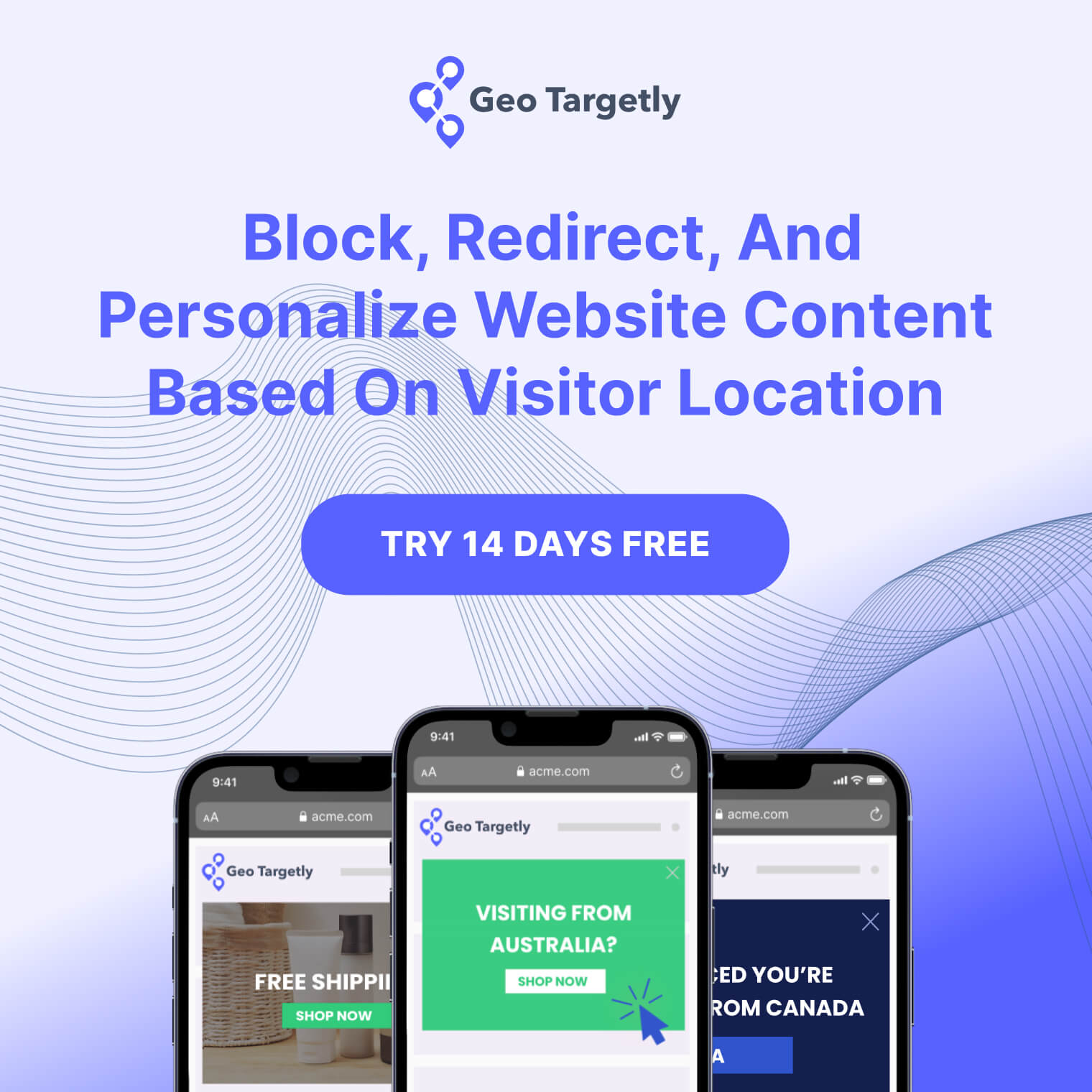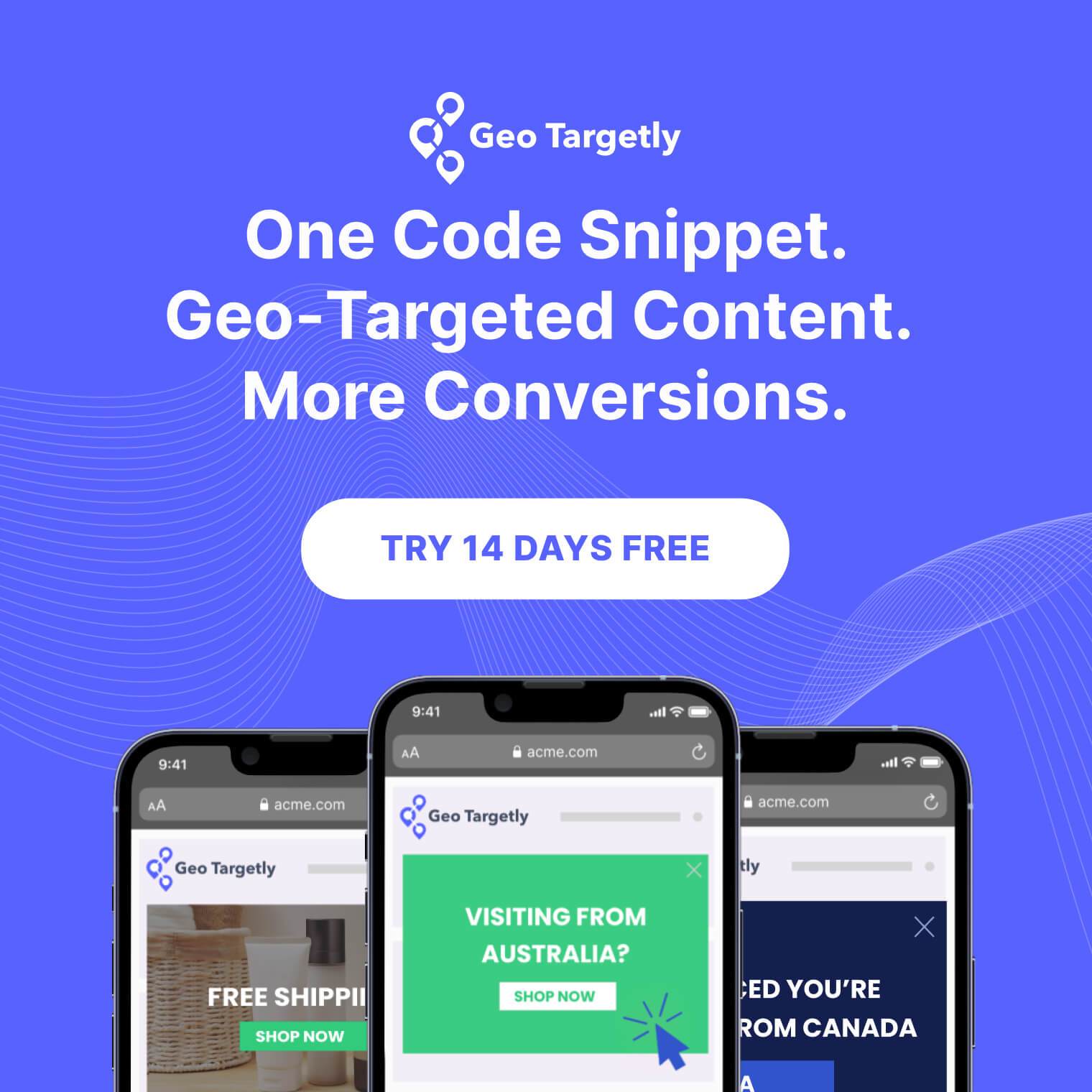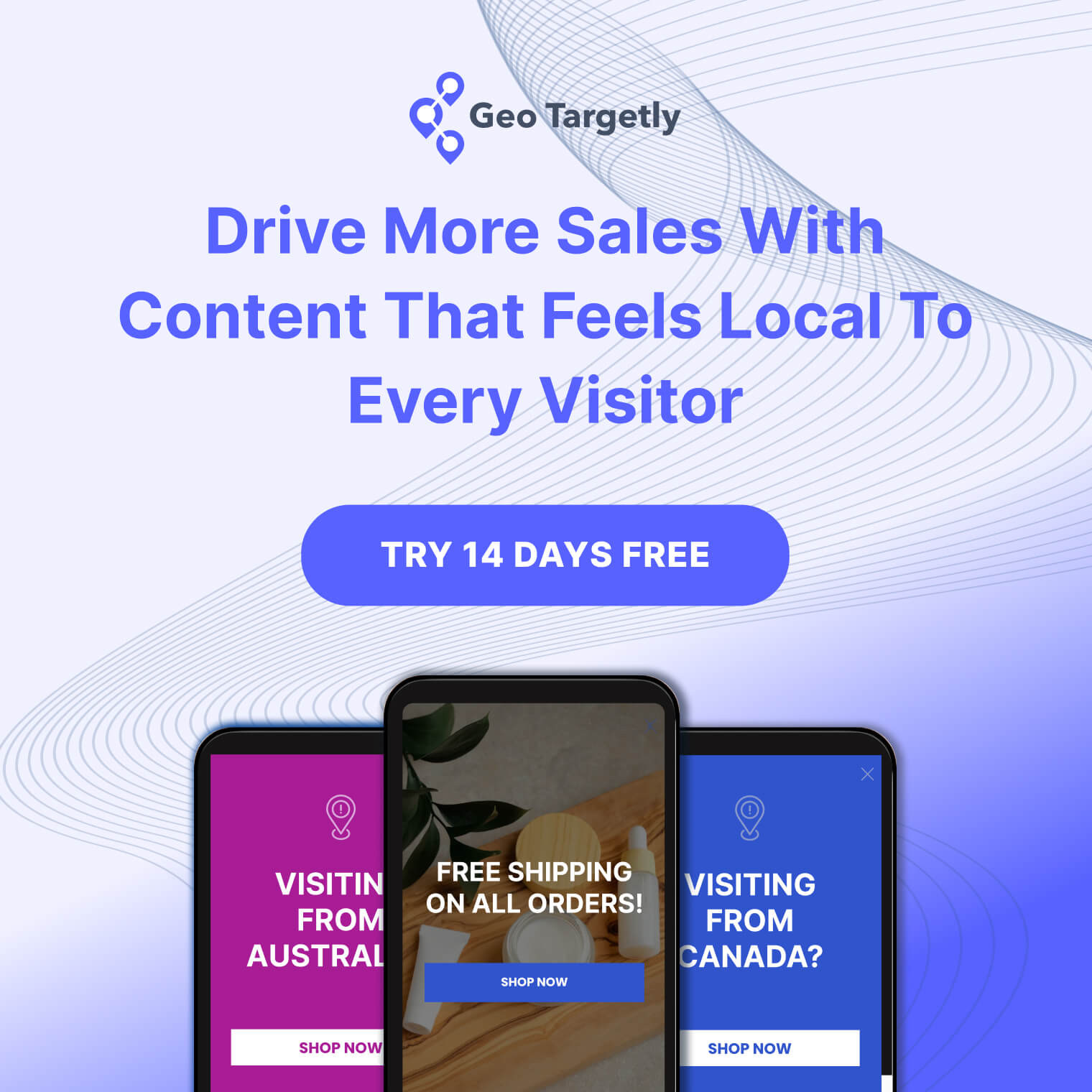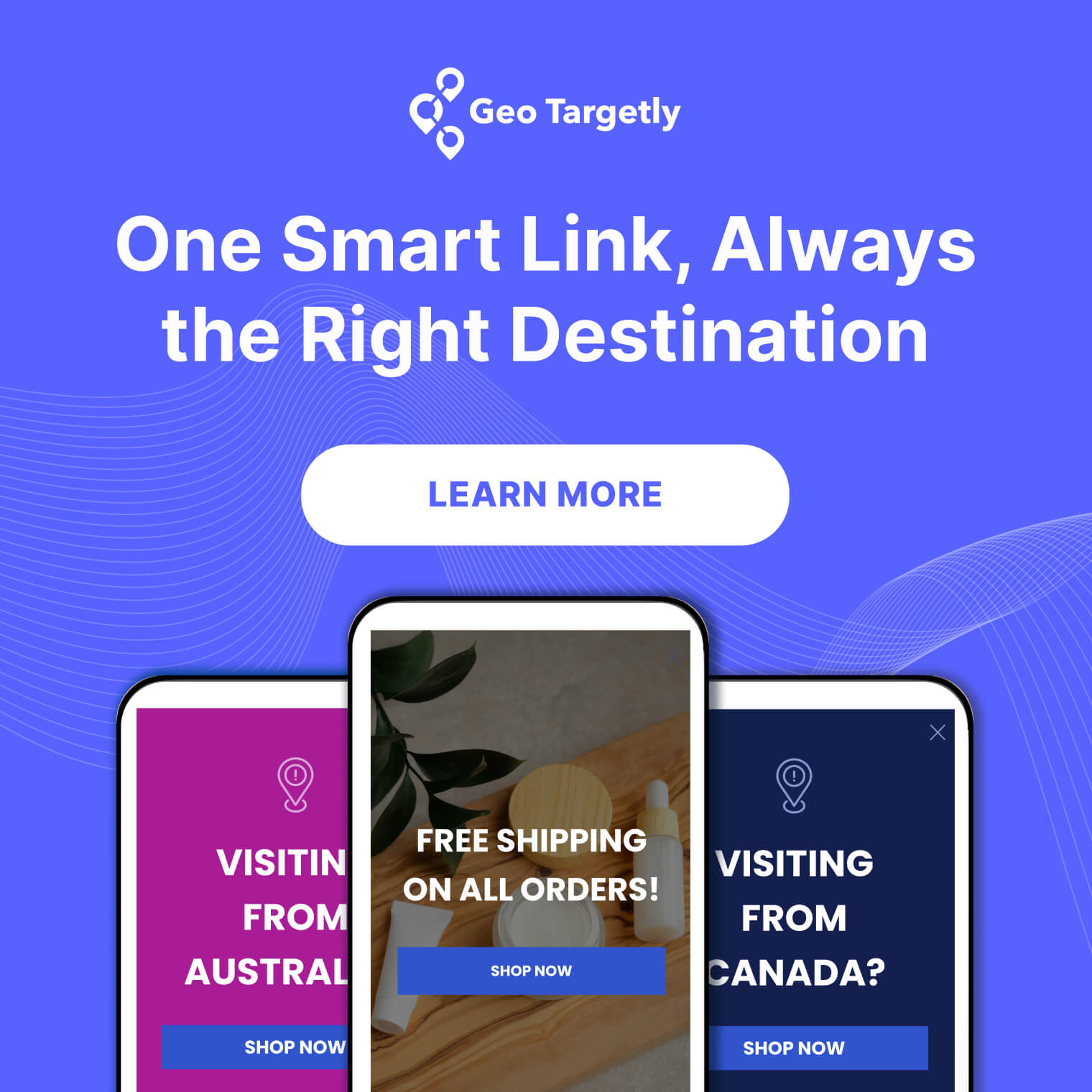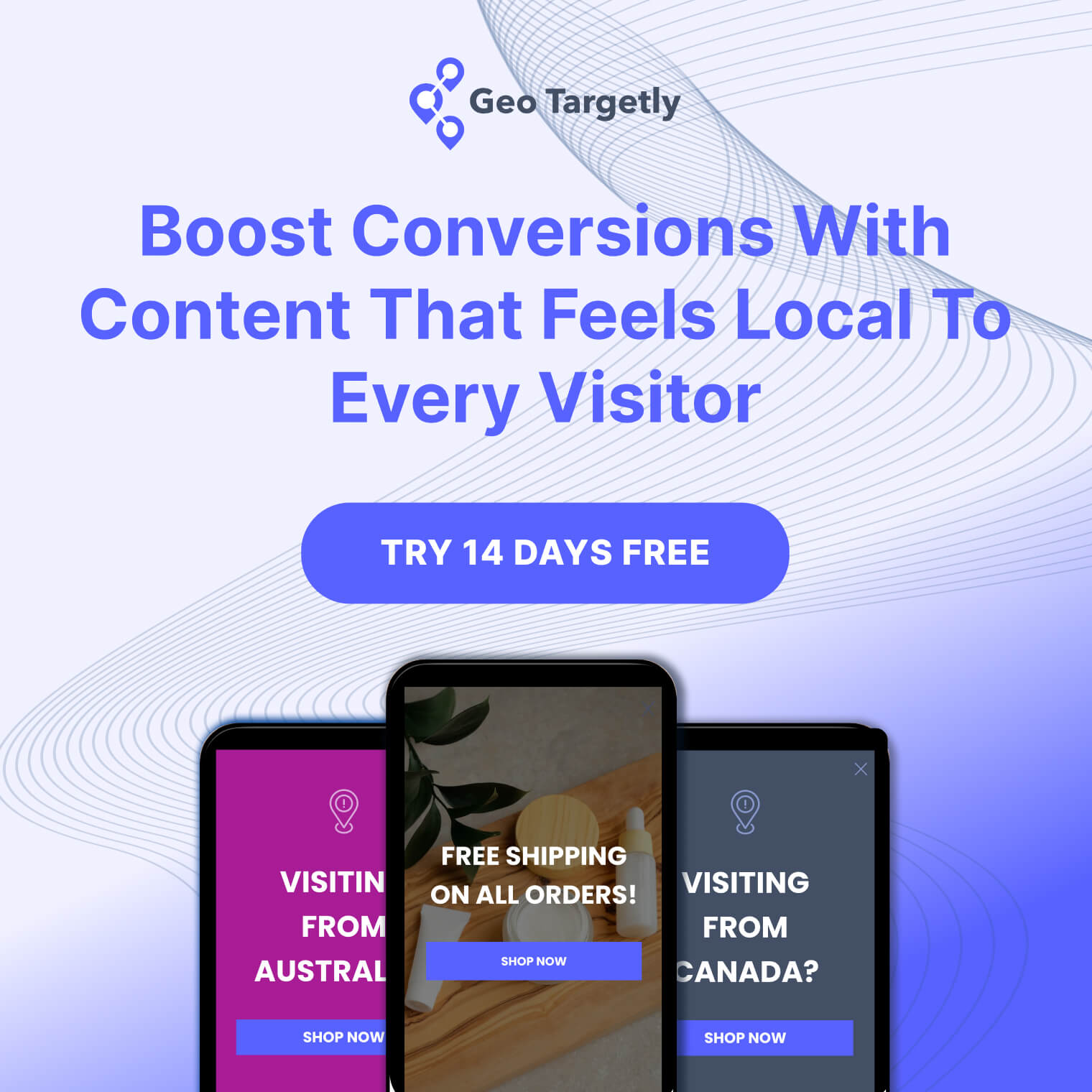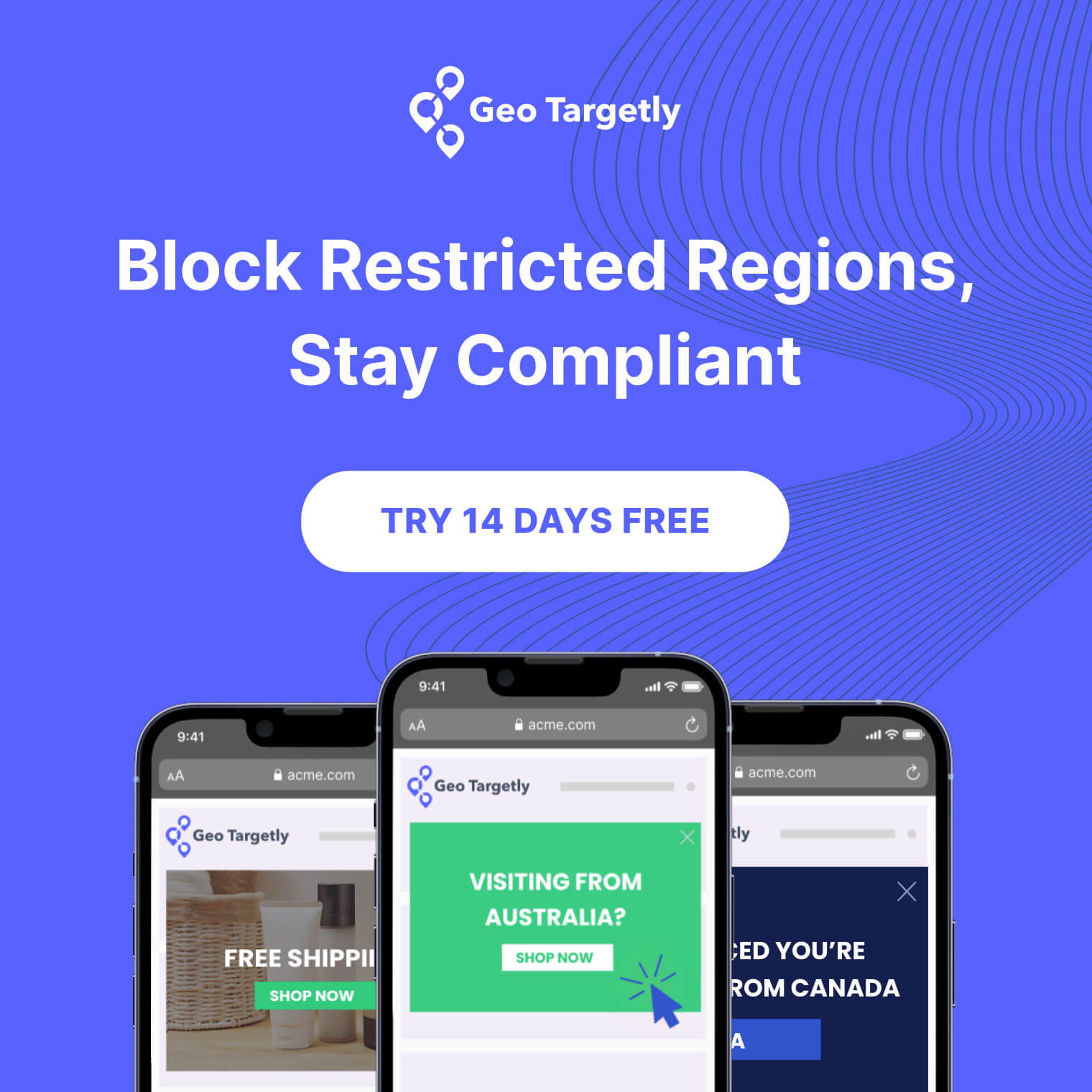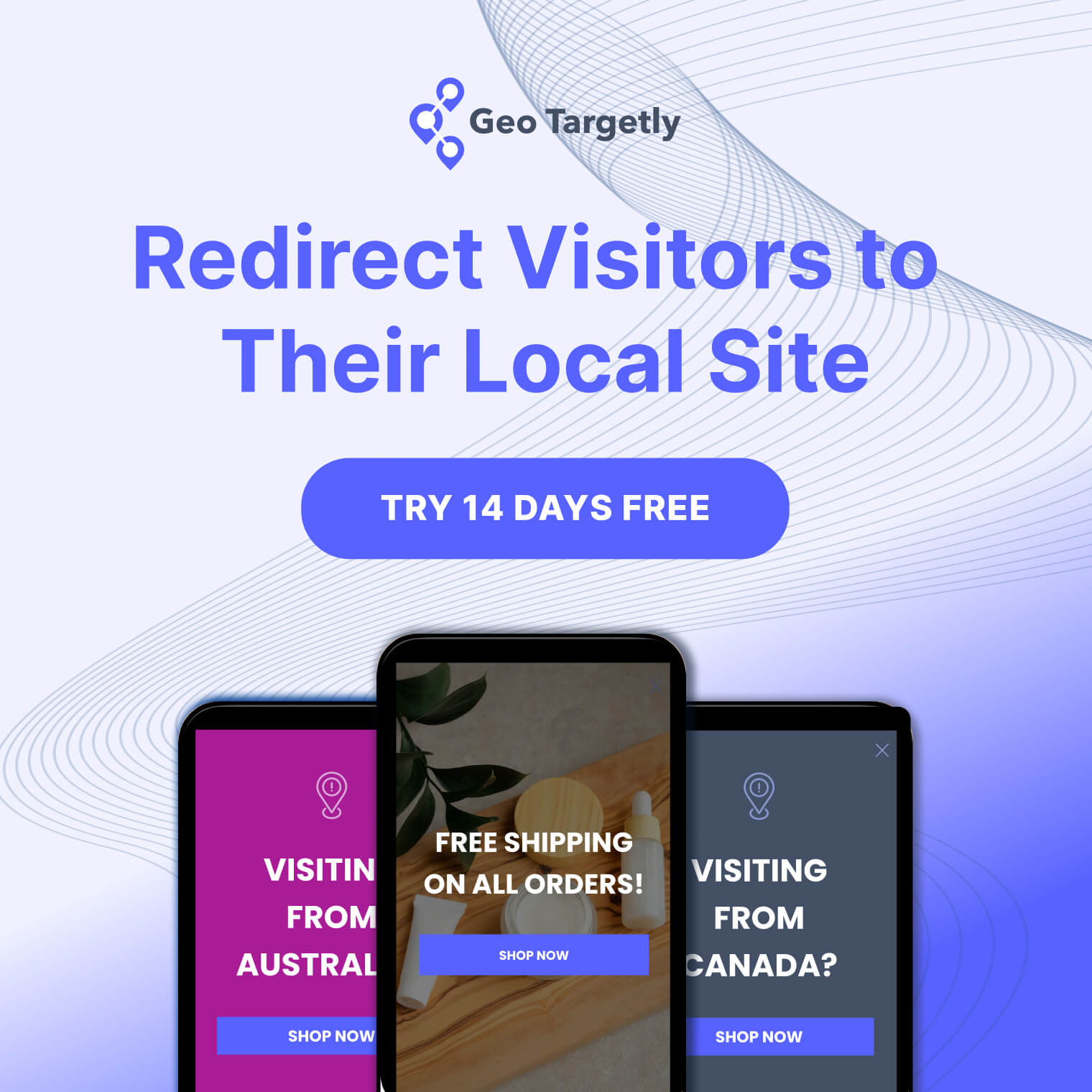

Conversions are the driving force of online businesses. As markets and industries become increasingly competitive, organisations need to ensure that they not only maintain but continuously improve upon their conversion rates. For this end, a geotargeting website has been the go-to for many successful businesses.
With each passing day, the internet keeps growing at an exponential rate. There are more and more platforms popping up - from new forms of social media to niche e-commerce sites - some become overnight successes, others manage to eek out a decent following, and a majority of them simply never take off. Newsfeeds are more cluttered than ever, with a continuous stream of content being posted daily, desperately trying to grab a user’s attention for more than a few seconds.
So, how does a geotargeting website get around this issue? How does it allow businesses to not only capture user attention but to also increase conversion rates in the process?

What does a geotargeting website allow you to do?
There’s a variety of different geotargeting tools you can implement into your website. Geo-targeted content, geo-targeted redirection, and geo-targeted popups are the most commonly used ones. Let’s quickly brush up on what each of these is.
Geo-targeted content is content that is dynamically altered based on user location. Ideally, this means that users will see the content that is most appropriate to them - think localised contact numbers on your website or a sales offer written in the user’s native language.
Geo-popups allow you to display targeted offers to potential users. In essence, it’s quite similar to Geo-content, except it more or less is exclusively used to display sales offers and promotions.
Geo-redirection is a technique which redirects users trying to access your main website to a local domain, which is personally tailored to their locale.
Now, the applications of geo-targeting are quite a bit more varied than just this. However, these three techniques alone can be used quite effectively to increase conversions, here’s how.
Display products that best suit locales
Picture yourself as a potential visitor on your business’ website, you’d be more inclined to stick around if the products on offer are localised, right? It’s also possible that certain products are not suited for certain local markets, and if seen may cause offence or distress to your user.
Altering visible products is a common tactic used by online businesses to circumvent this, and ensure that users only see content that’s appropriate to them.
This simple guarantee that a geotargeting website provides will help bolster your conversions. Think about it - if you’re a clothing manufacturer that operates globally. for instance, you probably don’t want to showcase your sweater collection to Australian visitors during the sweltering summer - the conversion rate for those users is going to be abysmal.
This strategy of personalisation through localisation is one of the main advantages granted to your business by maintaining a geotargeting website.
Geographically targeted promotions
Strategic promotions are no doubt a key aspect of your business strategy - particularly if you’re conversion-driven organisation. Crafting engaging campaigns, with effective calls-to-action is an effective way to break through the clutter.
Now, companies that operate globally might run into a bit of a problem here, as they will most likely be crafting different campaigns for different locales. Each of these might have their own unique taglines, designs and offers, depending on the region(s) being targeted. However, you wouldn’t want all of your users to see your localised offers now, would you? Australian’s would have little use for a back-to-school promotion in September, for example.
A geotargeting website can get you past this issue, quite easily in fact, and leave you to focus on optimising your local offers. Geo-targeting popups, in particular, can ensure that relevant offers get highlighted for users as they visit the website. This, in turn, leads to better utilization of promotion budgets (particular for PPC campaigns) and subsequently a better conversion rate overall.
Learn more about how to choose the best geotargeting platform.
Localised taxes and shipping offers
Taxes and shipping costs are two of the biggest barriers to online conversion. In most cases, there is little you as a business can do about this. It is worth noting, however, that taxes, for the most part, are localised, and if your user is seeing their local tax rates, they might be willing to carry out their purchases. And hey, taxes might not even be applicable for certain regions, so it might be a smart idea to label these items as ‘tax-free’ for that location, possibly prompting a purchase.
It’s a similar scenario with shipping; if there are special shipping offers for certain regions, you want to ensure that potential users are aware of this.
Through either geo-targeted content or geo-redirection, a geotargeting website can easily see to these tasks.
Sending users to the closest local store
Conversion isn’t just about online purchases. A majority of users use the internet - your geotargeting website included - as an information source to arrive upon a purchase decision. They may subsequently visit a physical retail store and complete their purchase. You want to make sure that the store they visit is yours - and the right one at that.
Through geotargeting you are able to dynamically show users the closest store to them, along with the localised offer. Users might also want to know where your store locations are, and you want to ensure that they are quickly shown the closest store to them. What you don’t want to do is to ask your users to sift through a list of locations and try to find the right one.
Start using a geotargeting website today
In closing, the ability to personalise user content through location is an advantage business cannot afford to let up. In many ways, it has become a necessity to cut through the growing clutter you find strewn about all over the internet. User attention spans are dwindling, and most websites only have a few seconds to hook their potential users in.
Ensuring that your business has a geotargeting website goes a long way in alleviating these concerns. Through it, you are able to present the best potential content to your user base, ensuring better conversion rates and even the potential of building lasting connections with them.




.webp)






